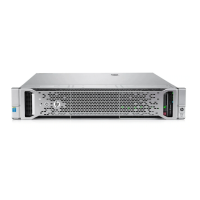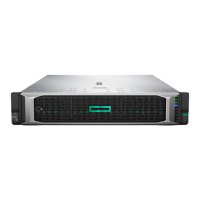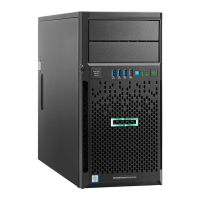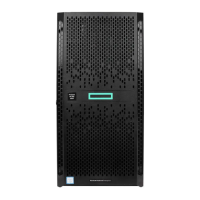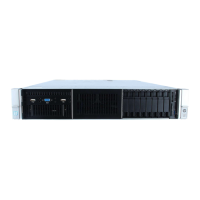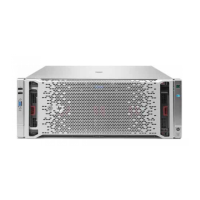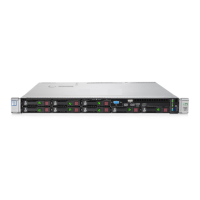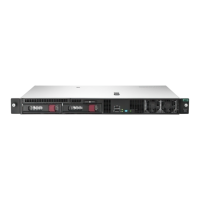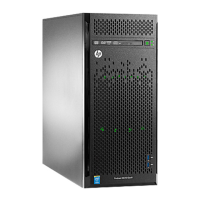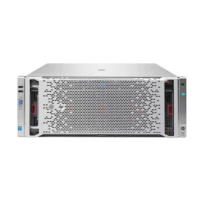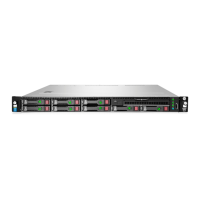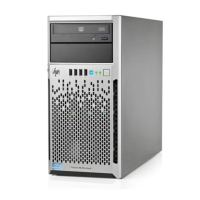HPE recommends entering a personalized name instead of using the suggested default. When
installing Microsoft Smart Business Server, HPE recommends entering the final system name during
the installation.
To protect your privacy, do not use sensitive information for the computer name. This name is visible in
HPE Insight RS and HPE Insight Online, and can be viewed by HPE support and your authorized
service provider, reseller/distributor, and installer.
If an administrator password is not entered at this time, you are prompted for a password during the
first login. (Not displayed for all OSs. For Microsoft Windows Small Business Server 2011 Essentials,
the initial administrator password defaults to “admin.”)
6. Select a time zone.
The time zone is used by the OS to perform daylight saving time updates and other time-related
functions.
7. Enter organization and owner names (optional).
VMware Configuration information for Customized Installation
If you selected a VMware OS and a Customized installation method on the OS Selection screen (Step 2:
OS Selection on page 19), additional screens are displayed for you enter custom operating installation
and monitoring management protocol information.
1. Enter a host name (optional).
This name must be a minimum of three characters.
2. Enter a root password.
For VMware, the initial password defaults to “password”.
3. Specify the network type.
Select from DHCP or Static.
Step 4: Review
The Review screen displays your hardware and OS settings. Continuing past the Review screen installs
the OS and configures the server.
CAUTION:
Continuing past this screen resets the drives to a newly installed state and installs the selected OS.
Any existing information on the server is erased. This does not affect a first-time setup, because
there is no data present on the server.
Procedure
1. Review the information on the screen and confirm its accuracy.
2. If you want to use these same settings at a later time to install and configure a different server, select
Create a deployment setting from the assisted install. (Because Deployment Settings profiles
support only the settings provided in the Recommended installation methods, if this is a Customized
installation, settings that are unique to the Customized installation method are not captured.)
3. Click the Continue right arrow to begin the automated installation and configuration process.
Depending on the Deployment Settings, a variety of screens are displayed, providing progress
Step 4: Review 27
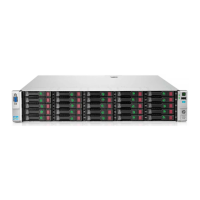
